DIY solar generator kit is a unique and special device that will convert the sunlight into usable electricity. The electricity can be used by your appliances everytime you need to use the appliances.
Interested in building your very own solar generator? Then you will have to prepare some crucial things.
Everything you need to know about the preparation and how to make a solar generator at home will be explained below.
DIY solar generators will give you 3 different functions. First, it will harvest the solar energy. Then it will store the energy. And finally will convert the energy into electricity.
How to Build Your Own DIY Solar Generator Kit
If you are planning to create a DIY solar generator, you will have to prepare several things that are important in converting the solar energy into electricity.
Below are the materials you will need to build a DIY solar generator at home.
1. Solar panels
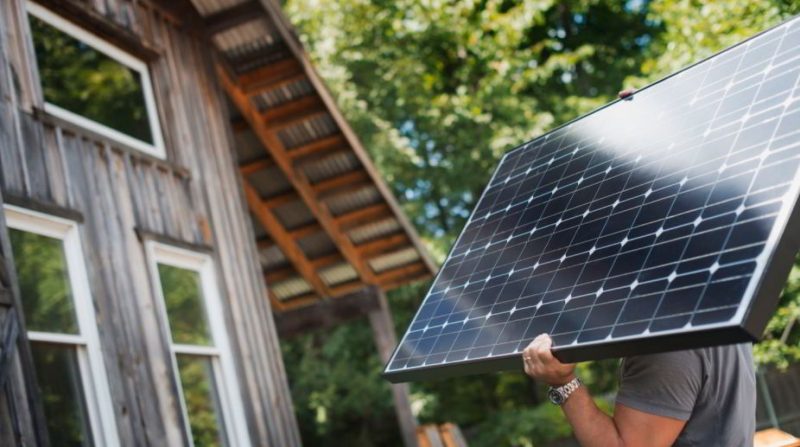
This is the most crucial material. Pick the foldable or portable ones and the panels will convert sunlight into Direct Current (DC) electricity.
These foldable or portable panels are compact and have a tough and a special design that makes them perfect for the outdoors. For more information, please visit https://bestofmachinery.com/best-portable-solar-panel/
2. Controller for solar charge
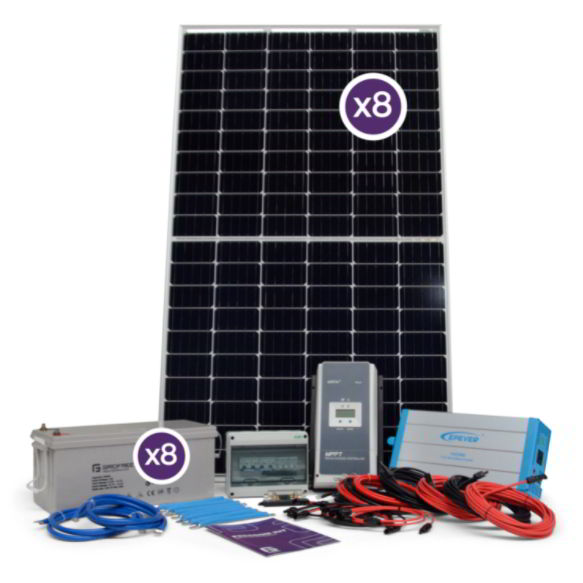
You will get the most out of the solar panel by using the MPPT controller for solar charge. This is the best material to follow the variable power of the sun.
The device is going to deliver clean and reliable output current in order to charge the battery of the DIY solar generator kit.
3. Battery

Battery is going to store the solar energy as well as release the power on demand. Battery came in 2 different technologies: lithium-ion and lead-acid.
Lead-acid is maintenance free and much cheaper. Lithium-ion however is much better because it is more durable and reliable than the lead-acid ones.
4. AC/DC inverter
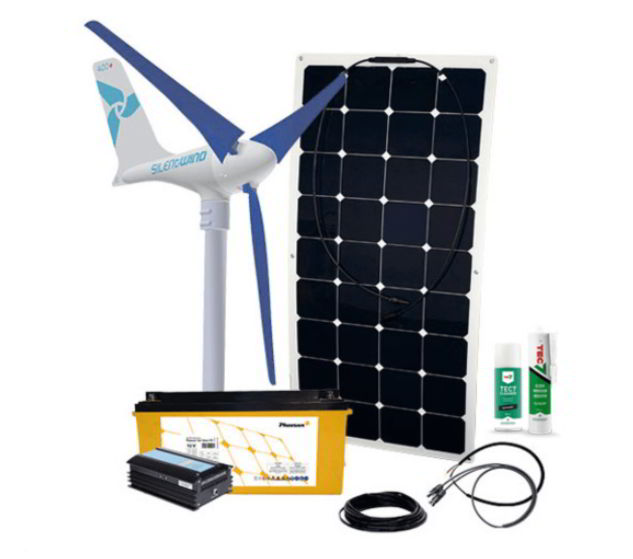
Battery storage and solar panel systems provide DC power only. However, your home appliances use the AC power.
You will need an inverter that can convert DC power into AC power. Use the pure sine wave one that will convert the power more efficiently.
5. Case
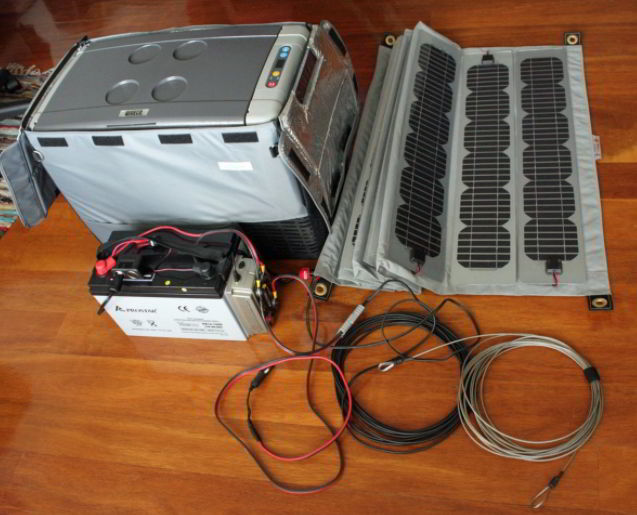
Case will protect the solar generator you make from humidity and dust. It is important to make sure that the system has a longer lifespan.
The case will also unite the entire components so you can carry it much more easily. The size of the case varies, from the small one to the biggest one.
6. Electrical wiring and breakers

Both breakers and the electrical wiring are crucial parts. They will connect various components of the system and make sure that the device has a high safety level.
You can use inverter cables, extension cables, controller cables for battery to charge, and inverter cables for the battery.
Read also:
- 7 Pros and Cons of Solar Energy To Make Your Own Decision
- 7 Steps to Build Your DIY Solar Water Heater
7. Assemble the entire components to build a DIY solar generator kit
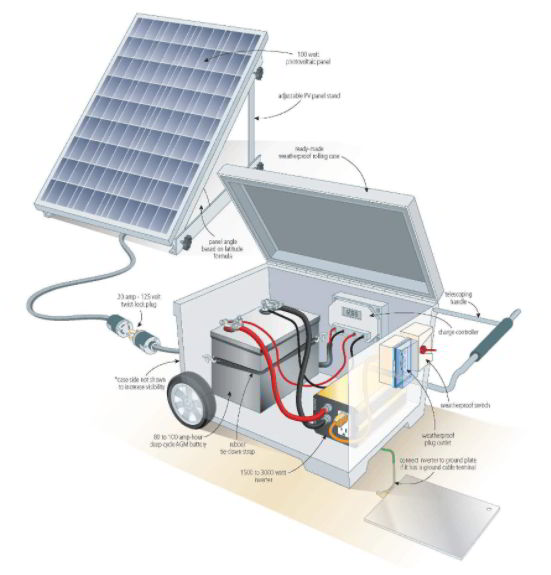
Prepare the case and install the battery. Then you can install the controller for the solar charge. Next, install the inverter and continue with the wiring.
Wiring should be done when the entire components are ready inside the case. Do the wiring carefully and make sure the generator works properly.
